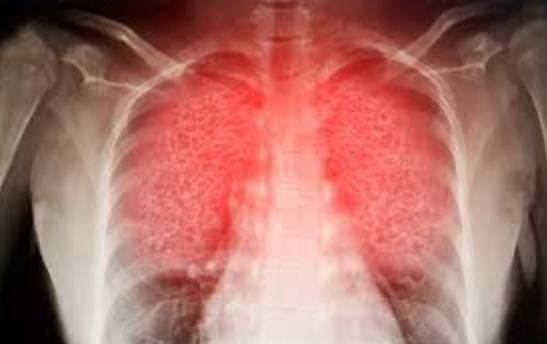Search here

02-Sep-2020
Know About Sepsis Disease Which Took Pranab Mukherjee's Life
Former President Pranab Mukherjee passed away on 31 August 2020. Along with the formation of blood clots in the brain, he also got the infection of Lung Infection and later Covid-19.
The former president was undergoing treatment at RR Hospital in Delhi and the doctors said that he was under septic shock due to a lung infection. After all, what is septic shock, how it is different from sepsis and how dangerous, let's know.
Blood infection is called sepsis or septicemia. This is one of the most harmful conditions caused by an infection. When the chemical that dissolves in the blood to deal with an infection causes irritation and swelling in the whole body, it is called sepsis.
Due to this, there are many changes in the body and it can damage many organs and they can stop working. According to a report published in Lancet, researchers from Washington University in Seattle, US, examined the medical records of 195 countries. During this period, the record of the death of 109 million people was also closely analyzed. The researchers found that in 2017, 1.1 crore people lost their lives due to sepsis.
READ HERE MORE : Global Warming Leading To Water Level Rise In Glaciers
Symptoms of Sepsis
The symptoms of sepsis are somewhat difficult to identify. Nevertheless, there are some signs that you may recognize as symptoms of sepsis -
Breathing problem
Sudden or low body temperature
Sudden change in mental state
Decreased platelets
Heart pumping abnormally
Stomach ache
Decreased urination
Due to sepsis
Your immune system, or immune system, protects against external germs and viruses that attack your body. During sepsis, it malfunctions due to under-reaction or over-reaction.
Most bacterial infection is believed to be the culprit for sepsis, but it can also be caused by many other infections. It can occur in any part of the body. Separate injury and scratches can also cause sepsis.
There is an increased risk of sepsis in people suffering from many other serious diseases (pneumonia, urinary tract infection, appendix, and meningitis). If hospitalized, sepsis can also be caused by catheters, surgical incisions, ulcers, and bacteria.
How to prevent sepsis
If you feel symptoms of sepsis infection, see a doctor immediately. Each moment is important in the treatment of sepsis. The sooner you get treatment, the better the results will be. You can adopt the following simple steps to prevent sepsis -
Vaccination
Take special care of cleanliness
People with weak immune system, their caregivers, elderly and pregnant women are at higher risk.
What is septic shock?
If sepsis becomes uncontrollable, in which the infection spreads too much, many organs stop functioning and blood pressure falls, then it is called septic shock. This situation is fatal. This is why sepsis is also called silent killer. For this treatment, the doctor gives the patient fluids such as salt-sugar solution or ORS.
When to see a doctor
Sepsis mostly occurs in hospitalized patients. The risk of sepsis is even greater in a patient admitted to the ICU. If you are seeing symptoms of sepsis or have sepsis after surgery, then you should be hospitalized and treated immediately.

Content Writer/Journalist
I am a content writter !
Join Our Newsletter
Subscribe to our newsletter to receive emails about new views posts, releases and updates.
Copyright 2010 - 2025 MindStick Software Pvt. Ltd. All Rights Reserved Privacy Policy | Terms & Conditions | Cookie Policy